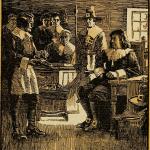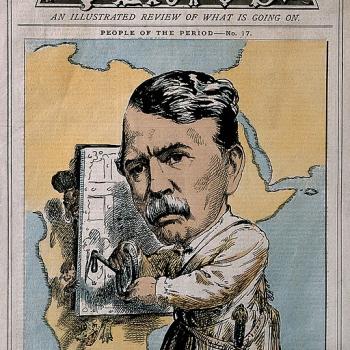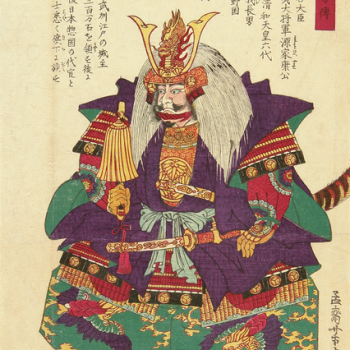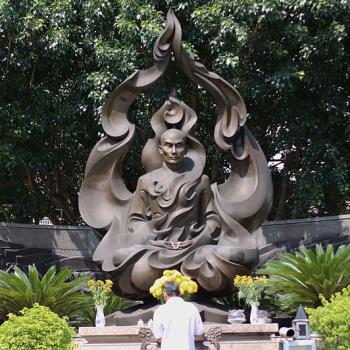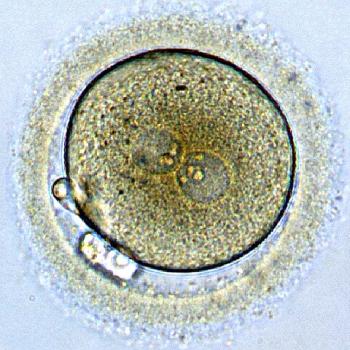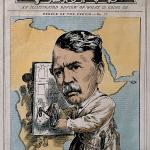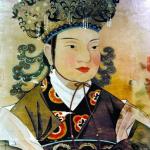The commercialization of Christmas is something both endorsed and lamented. Many people imagine Christmas to have been less gaudy and more religious in the past. But Christmas Past was a lot of things that might surprise you. For example, during the Tudor period of England and Wales — 1485 and 1603 — Christmas was mostly an adult holiday marked by lots of drinking, gambling, games, more drinking, feasting, dancing, and drinking. And other adult activities. Of course, there were church services also. for those sober enough to find a church. But Easter was by far the more important religious holiday back then. The excess of the non-religious Christian celebrations was part of the reason the Puritans banned Christmas entirely for a time in the 17th century
Christmas as a holiday focused on family and children first emerged in Germany in the 16th and 17th centuries. This was partly Martin Luther’s doing. The feast day of Saint Nicholas, on December 6, was a time for giving small gifts and treats to children. In 1531 Luther moved the gift-giving of Saint Nicholas Day to Christmas Day. Also in the 16th century Germans began decorating trees in the public square for Christmas, and by the 17th century some people set up decorated Christmas trees in their homes.
The North American colony of Dutch New Netherland took up parts of the east coast of the U.S. from 1614 to 1674, except for an interlude from 1668 to 1672 when the British took it over. The colonial capital of New Netherland was New Amsterdam, which occupied the southern tip of Manhattan. The Dutch of the time still observed the feast of Saint Nicholas — Sinterklaas in Dutch — early in December. On Saint Nicholas eve Children left their shoes outside the door, and while they slept Saint Nicholas filled the shoes with toys and treats. And as German, and Swedish, and French, and other people moved into New Amsterdam, the Sinterklaas tradition was widely adopted but moved to align with Christmas.
The Commercialization of Christmas: New York
When New Amsterdam came under British control it was renamed New York. Through the 18th century Christmas in New York City became a mashup of English, German, and old Dutch customs. By 1800, Christmas in New York City had become recognizable as the holiday we observe today. There were decorated Christmas trees in some homes, and children looked forward to receiving gifts from Santa Claus in the stockings hung by the fireplace. However, in 1800 Santa Claus and Christmas stockings were mostly unheard of in other parts of the United States.
In New York, commercialization soon followed. By 1820 some stores began to advertise to attract Christmas shoppers. The poem “A Visit from St. Nicholas,”more commonly called “‘Twas the Night Before Christmas,” by Clement Clarke Moore, was first published in 1823 and contributed greatly to the Santa Claus mythos. By the 1840s, newspapers had special Christmas advertising sections featuring pictures of Santa Claus. In 1841 a store in Philadelphia displayed a life-size model of Santa Claus, and thousands of children came to see it. It wasn’t long before children could line up in stores to tell a living Santa Claus what they wanted for Christmas.
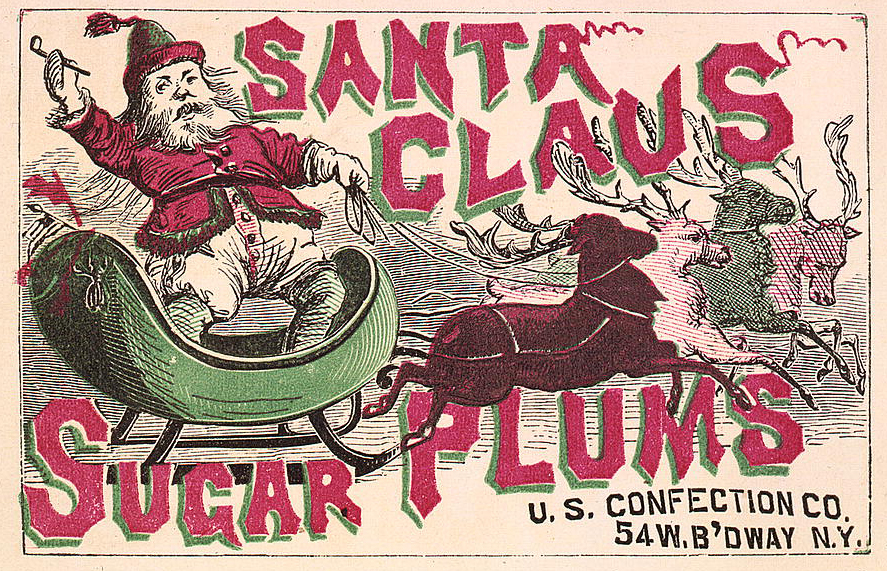
The Commercialization of Christmas: The Rest of the U.S.
As Christmas was becoming a business in the northeast, a huge influx of immigration from Germany was transforming other parts of the country. In the 19th century more than 5 million Germans immigrated to the U.S., many into the midwest, bringing Christmas trees and visits from Saint Nicholas with them.
In the 1880s, political cartoonist Thomas Nast drew on “‘Twas the Night Before Christmas” to depict Santa for Harper’s Weekly as we have known him ever since. He is an icon of abundance.
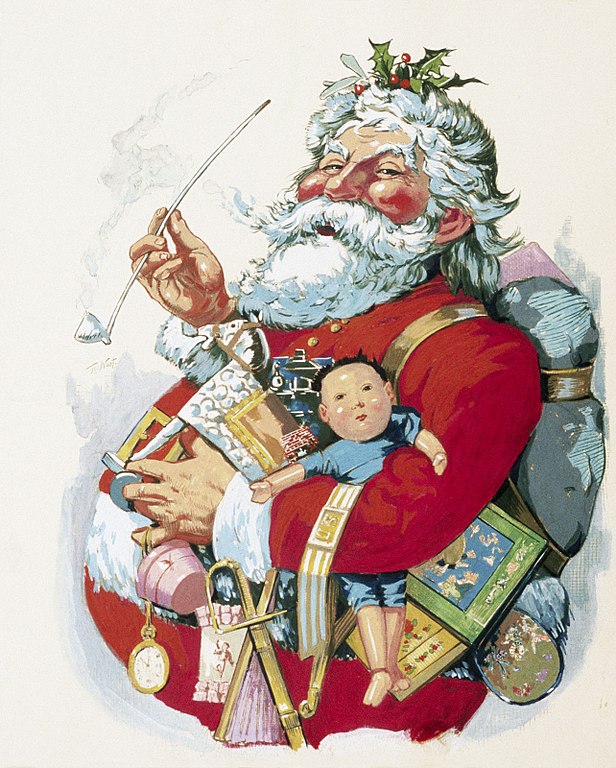
But to a large extent it was advertising that spread the “traditional” American Christmas. By the beginning of the 20th century Santa Claus was leaving presents in homes all over the country, an enteprise eagerly promoted by retail establishments. The first Christmas Club — a bank account in which people paid a fixed amount every week to save up for Christmas — emerged in 1909.
By 1917, as the U.S. became embroiled in World War I, Christmas had become such an important part of the economy that the government and businesses promoted early Christmas shopping. Newspapers ran advertisements urging people to start their shopping early because of the limitations put on retailers by the Council of National Defense. These limitations were intended to save coal and gasoline. Plus, many store employees had been sent to the Western Front.
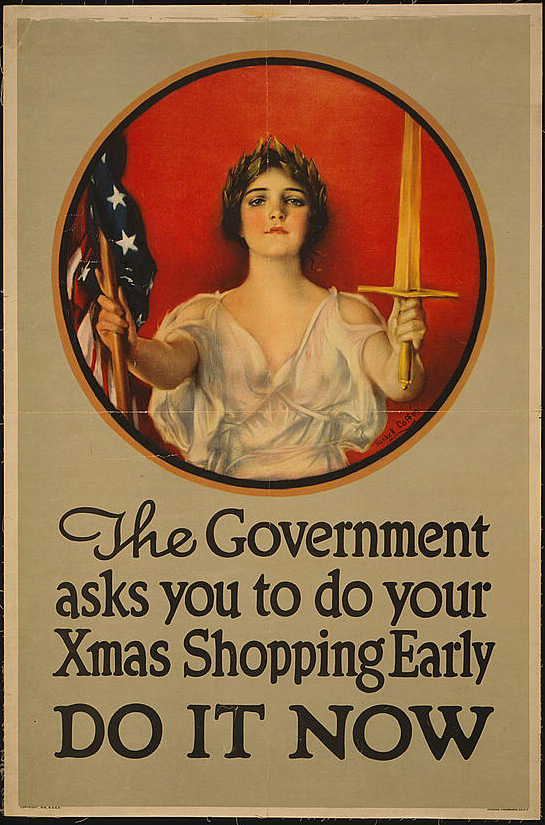
By the 1930s, even with the Depression, there was no escaping commercial Christmas. At least, there was no escaping the Sears Christmas catalog sent to homes around the nation. By now preachers were lamenting the commercialization of Christmas from their pulpits. Christmas was now Santa Claus, and tinsel, and piling up presents under trees. The 1940s may have been a golden age of Christmas movies; Miracle on 34th Street and It’s a Wonderful Life were both released in 1947.
And this was how the United States came to have a national Christmas tradition. It was a creature of commercialism all along, and commercialism spread it far beyond New York. Now the Christmas issue is “Christmas creep,” or the tendancy for the Christmas promotions to begin earlier and earlier. Christmas spending, plus the temp jobs available over the holidays, are considered important stimuli to the economy.


